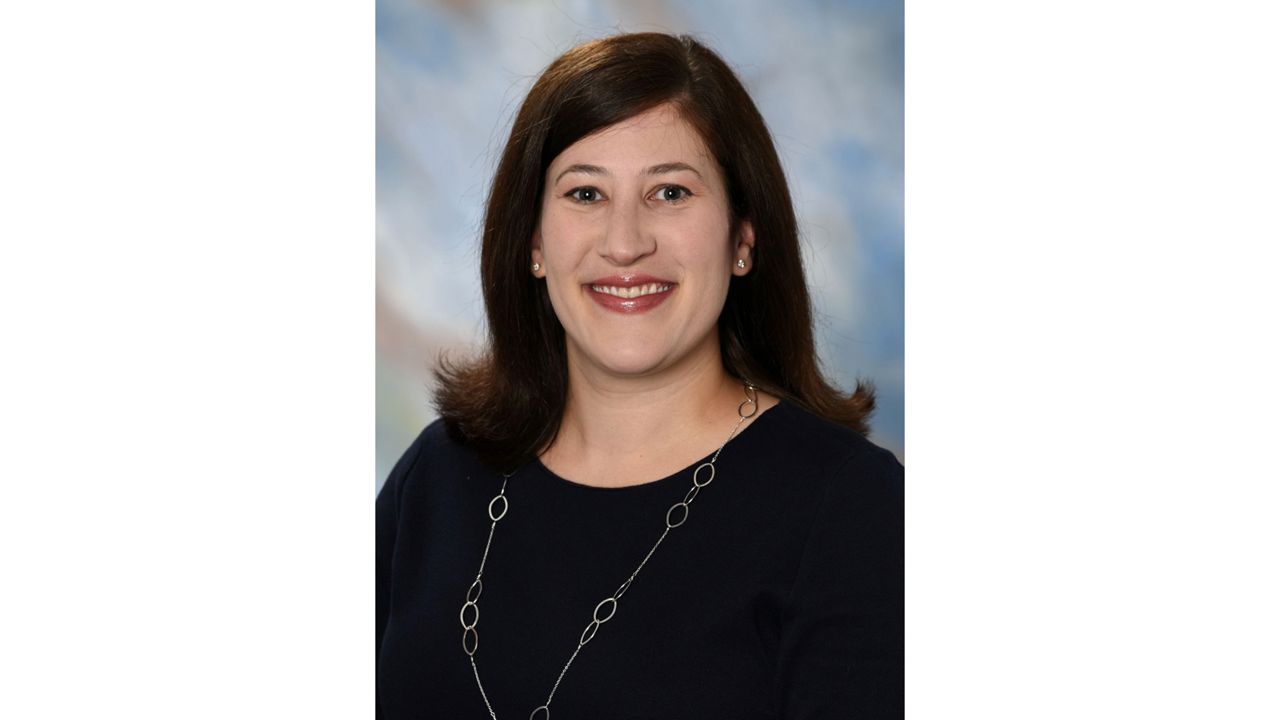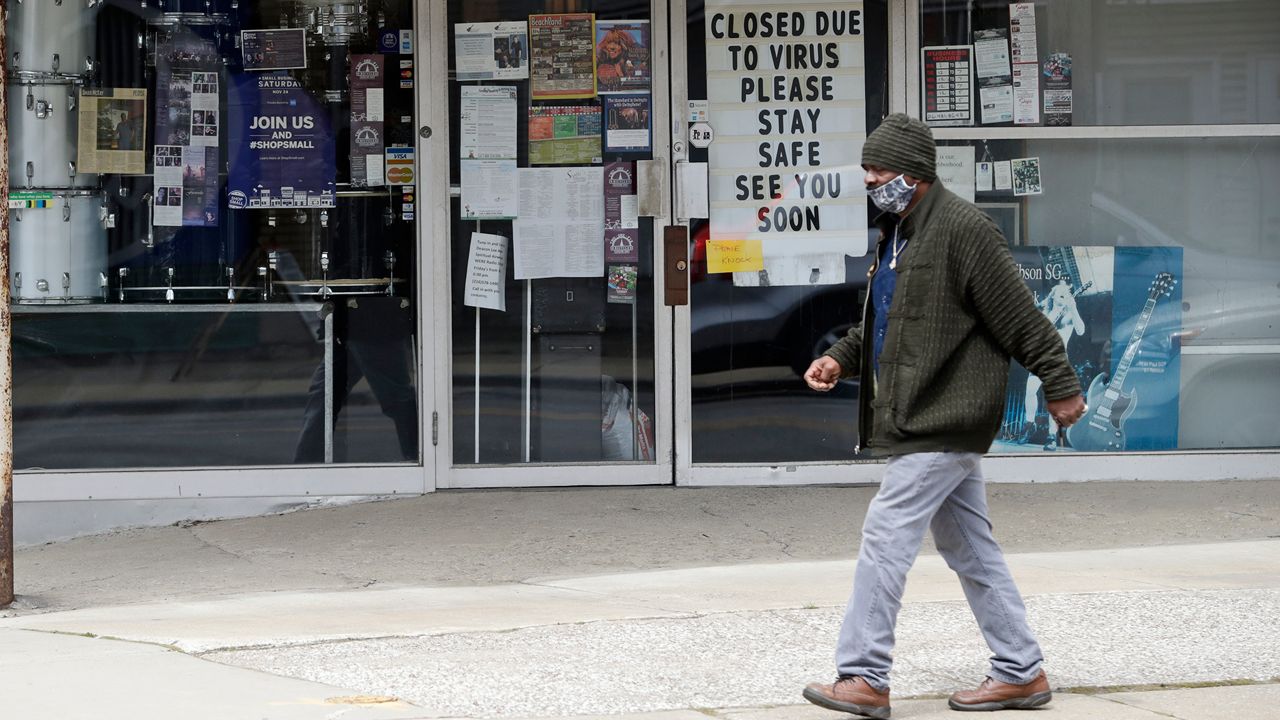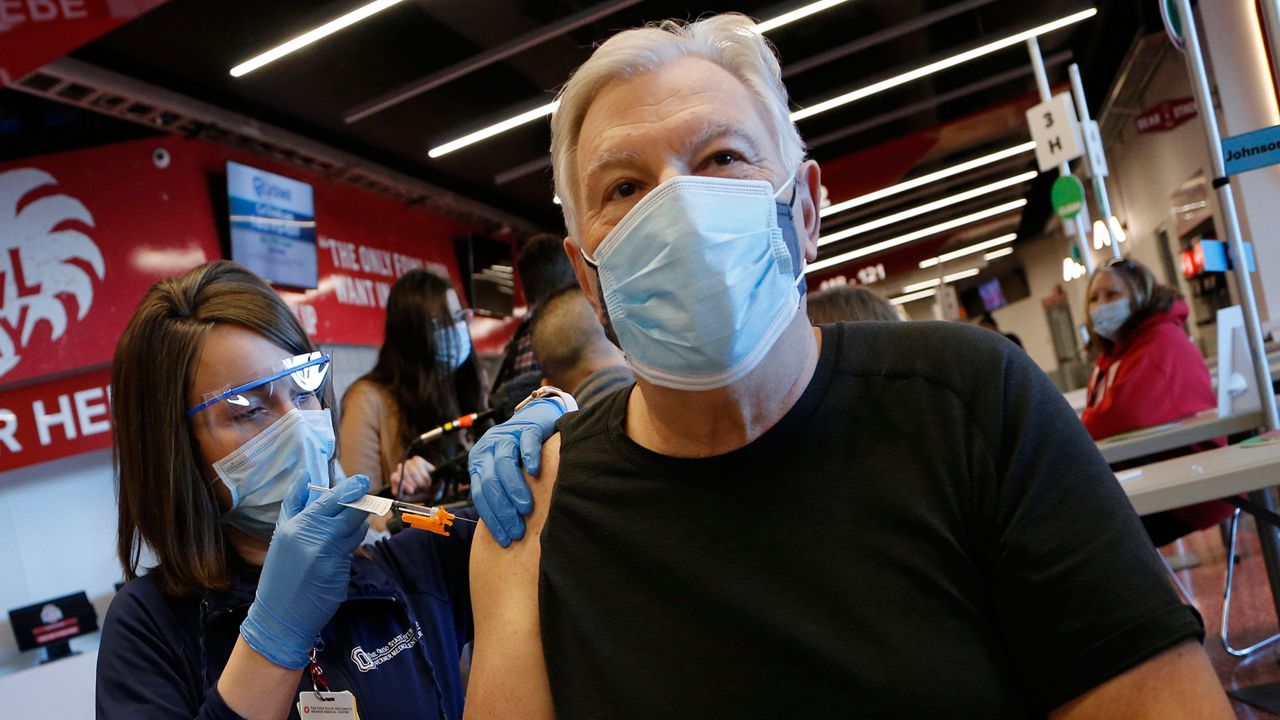COLUMBUS, Ohio — Ohio vaccinated more than 37,000 children aged 12-15 in the first week of expanded emergency use authorization of the Pfizer-BioNTech COVID-19 vaccine, officials said.
The age group represented about a third of all first-dose vaccinations between May 13-19, the Ohio Department of Health said in a statement Wednesday.
Officials said they are hopeful the number of vaccinated children will continue to rise as the Pfizer shot becomes more available at school clinics, summer camps and other venues geared toward the population.
Cincinnati pediatrician Dr. Denise Warrick explained there was some “red tape” at first that may have slowed the initial uptake.

Pediatricians had to provide a prescription for children to get the vaccination unitil House Bill 6 was signed into law Friday. The bill allows children aged 12-17 to get vaccinated without families needing to call a doctor.
But the more formidable obstacle to getting kids vaccinated is hesitancy among parents, said Warrick, who is a TriHealth doctor and chairs the organization Ohio Champions for Vaccines.
For understandable reasons, many parents are unsure if the vaccine is safe for their children, she said.
“For you to decide to get the vaccine, you're assuming risk for yourself, however it is a different piece when you're assuming risk for your child,” Warrick said. “They’re questioning: Is this safe for my child? Is this something that is a good idea to do? Are there any long term ramifications to the vaccination?”
Health officials said the Pfizer vaccine was demonstrated as highly effective in children in trials, and no difference was found in the safety profile for kids versus adults.
COVID-19 cases are down in Ohio’s schools, but officials continue to warn that young people in the state are transmitting the virus at higher rates than adults.
Schools reported 691 new student cases in a weekly update Thursday, marking two consecutive weeks of declining cases. The state reported 927 new cases a week ago and 1,191 two weeks ago. In total, Ohio’s schools have reported 52,500 cases of COVID-19 among students and 24,970 cases among staff.
Warrick said children were major sources of spread to more vulnerable populations during the winter wave of the virus in Ohio, and she stressed they are not invincible to suffering illness if they contract COVID-19.
“The benefits outweigh the risks. Albeit their risk for COVID at this point is low, some children that have gotten COVID had really severe and long-term side effects — prolonged fatigue, loss of taste and smell, difficulty breathing,” she said. “Certainly, as a parent myself, that's not anything that I would wish on my child to suffer through for the short term or the long term.”
Vaccinated children can also look forward to a more normal summer as far as sports, travel, get togethers and potentially a fall school year without masks, she said.
Expanded eligibility last week to hundreds of thousands of minors has helped the state stabilize and even boost its pace of vaccination, which had been declining since early April, officials said. More than 22% of the state’s 11.69 million residents are under the age of 18, according to the 2019 census estimates.
Gov. Mike DeWine pledged Monday that Ohio will make the Pfizer vaccine available to the newly-authorized 12-15 age group at any pediatrician's office that requests doses.
For now, Warrick said TriHealth is offering the vaccine to teenagers at its centralized immunization sites, but in the next week or two they will be able to offer the shot directly at pediatricians’ offices.
Administering relatively small numbers of vaccine doses this way presents challenges due to the storage requirements with the Pfizer vaccine, but private practices are working through the difficult logistics because medical experts believe some families will feel more comfortable vaccinating their children at the pediatrician’s office they trust.
Now that the COVID-19 vaccine can be coadministered alongside routine vaccinations — like the meningitis shot and tetanus boosters — kids won’t have to make as many trips to the doctor this summer for shots, which she said is welcome news.
“Most of the time the teenagers are like, ‘I'll do whatever I need to, just give it to me so I can move on for the rest of the day,’” she said.
Even if travel or summer camp plans interfere with getting a second dose on the recommended date 21-days after the first shot, Warrick said to proceed with getting a first dose as it has been shown to offer strong protection. The second dose can be safely administered with a delay if it is necessary.
In Ohio, more than 222,000 individuals in the 0-19 age group have been vaccinated for COVID-19, which is 7.7% of the population, according to state data. Ohio’s dashboard does not delineate between eligible and ineligible children, but officials provide occasional updates on vaccination rates for Ohio’s eligible children.
The state is offering five full-ride scholarships to Ohio universities for children 12-17 who have been vaccinated. Tens of thousands of minors have opted-in to the contest, which is part of the state’s “Vax-a-Million” lottery, officials said.
Based on initial conversations she’s had with families, Warrick said the lottery seems to be building some interest in the vaccine among parents who are dreading tuition costs.
“I do think it is a motivating factor, especially for parents. I don't think the kids are seeing the bottom line of that so much,” she said. “If we get that little bit of extra incentive, if they're indifferent, it may send them over the edge.”









